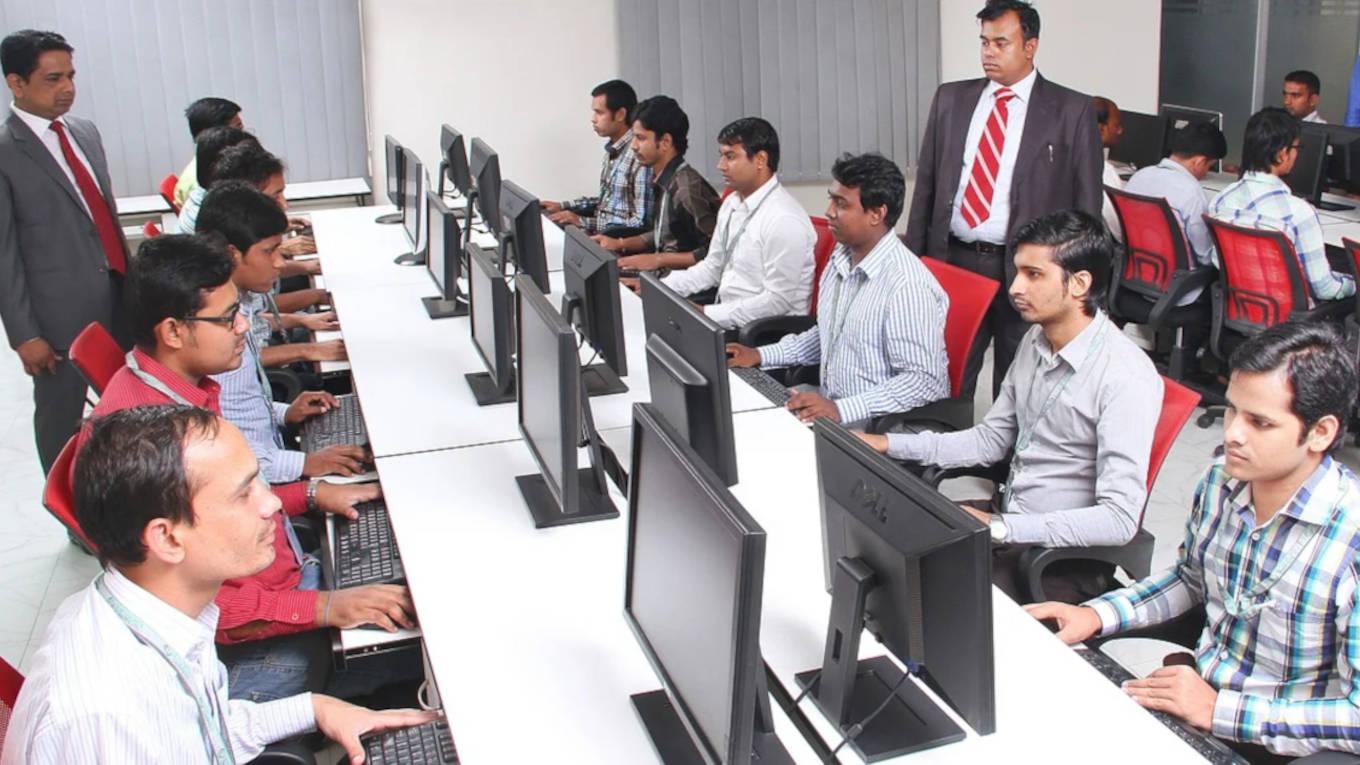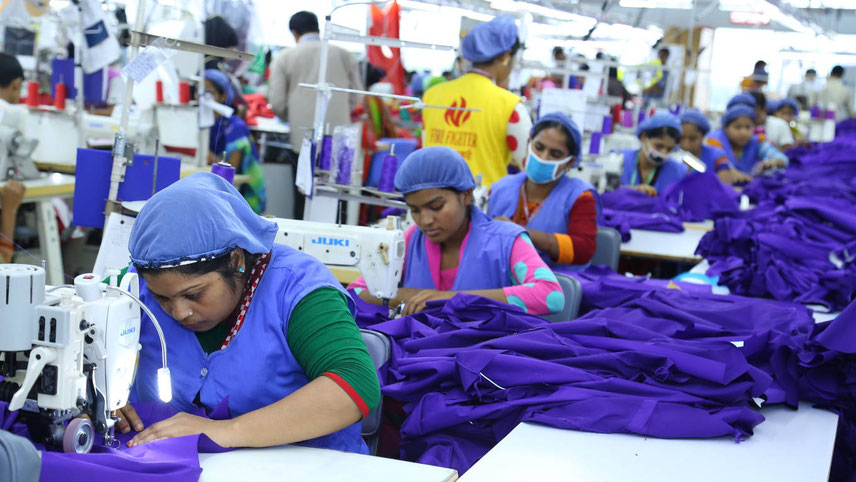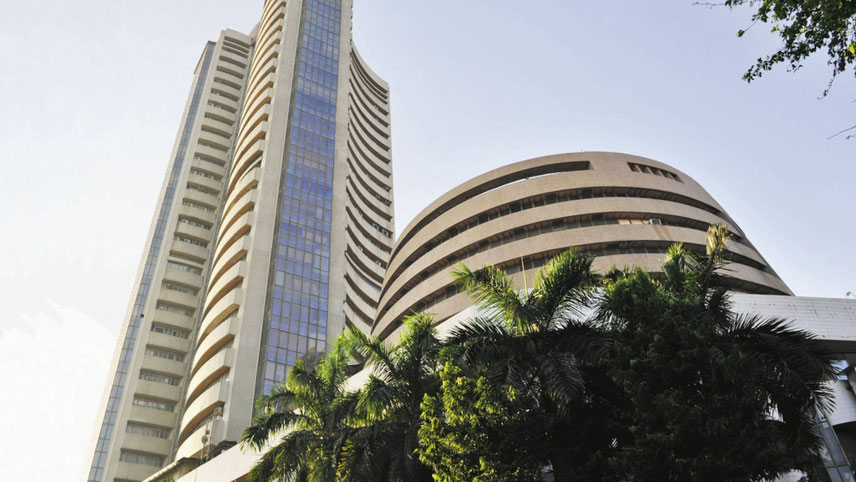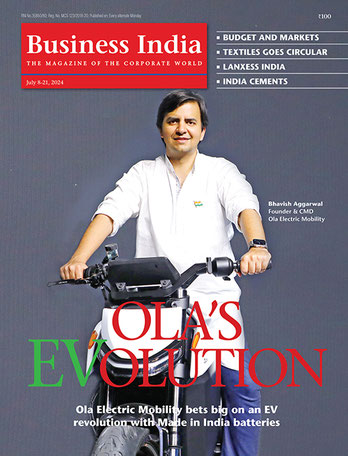Evaluating India’s 75 years of economic journey could also lead to the perception that the country actually became independent on two occasions – freedom from colonial rule in 1947 and the decisive shift to a free-market economy model in 1991. Economic reforms are credited with the gradual unshackling of most sectors, taking them to unimaginable highs. Those who believe this also point to a common thread – the adequate support of a simultaneously growing Information Technology (IT) sector which eased this process for all stakeholders in the value chain. From the simple computing processes that defined the early 90s to the growing wave of ITeS which made India the back office of the world through BPOs in the following decade to the bedrock of a fast-evolving digital era, the Information Technology sector has been the real differentiator in the emergence of a new India. Recognised as India’s key strength, the sector has simply given the country a new global identity. IT to India is what manufacturing is to China and in the coming decades, its importance is expected to grow. Facebook founder Mark Zuckerberg recently indicated this when he said India is going to play a huge part in building the metaverse, the ‘next big thing’ in the global technology sphere, aiming to bridge the gap between the real and virtual. Journey since 1990s Historians will tell you that the IT industry had existed in a very nascent stage in the decades after independence. When personal computing had begun sweeping the world in the US and elsewhere, especially in the 70s, it also found reflection in the Indian market with a selective group of customers showing a propensity for its adoption, first for personal use and later for official use in the 80s. The realisation that computers were the future as well as the software systems supporting them in myriads of ways (especially networking) had also dawned on a select group of a new generation of entrepreneurs who had entered the market and stayed there for over a decade. The opening of the economy and the advent of the internet later in the 1990s opened the doors for big-ticket growth of the IT sector. Indian IT engineers were in demand all across the world where the sector was registering galloping growth and built quite a reputation for India as the hub for IT talent. Lesser-known corporate entities like Infosys, WIPRO, HCL, TCS, etc caught the attention of everyone with their solution offerings. The people behind such enterprises – Narayana Murthy, Azim Premji, Shiv Nadar, Nandan Nilekanni – became more than exceptionally successful entrepreneurs. They were rather seen as new age icons of a changing society and mascots of Indian IT expertise. The sector also got a major boost from a set of supportive policies like the setting up of Software Technology Parks (STP) and it increasingly turned into a magnet for drawing FDI in the late 90s and later. A clutch of states in South India led by Karnataka and Andhra emerged as the major IT hubs with serious fiscal sops and progressive policies. And sensing their changing profile, other states like Maharashtra and Tamil Nadu soon joined the race with their own promotions of the sector. Several observers underline that in the post-liberalisation era, states vied with each other for a greater share of the IT pie.
-

The cumulative earning of India’s top 5 IT companies have now shot up to around $70 billion


































